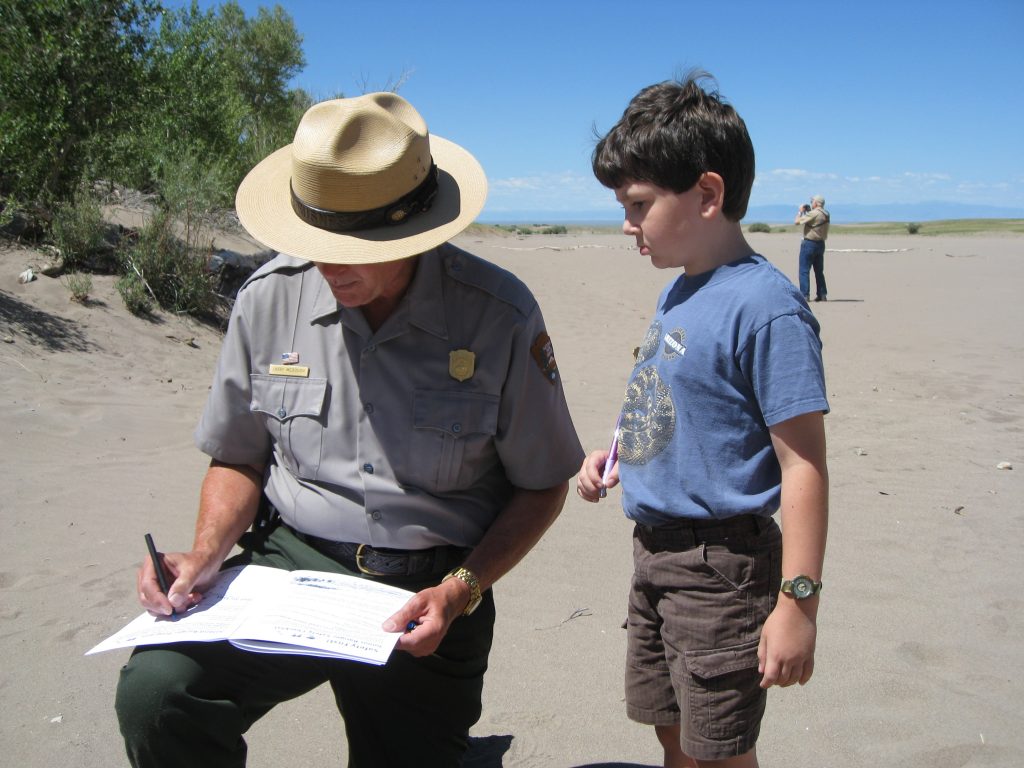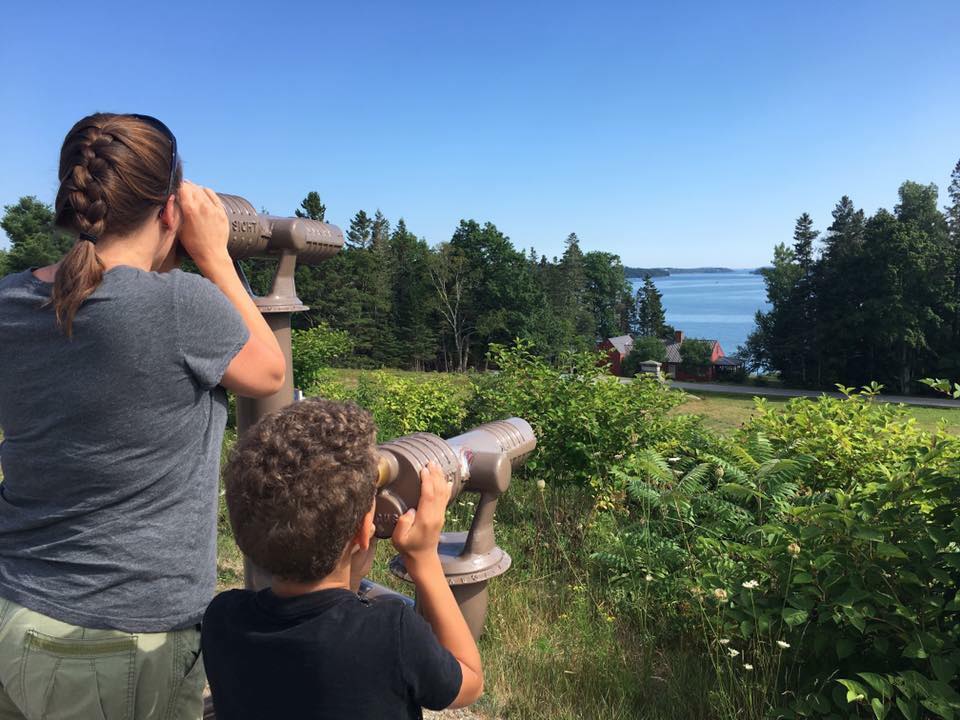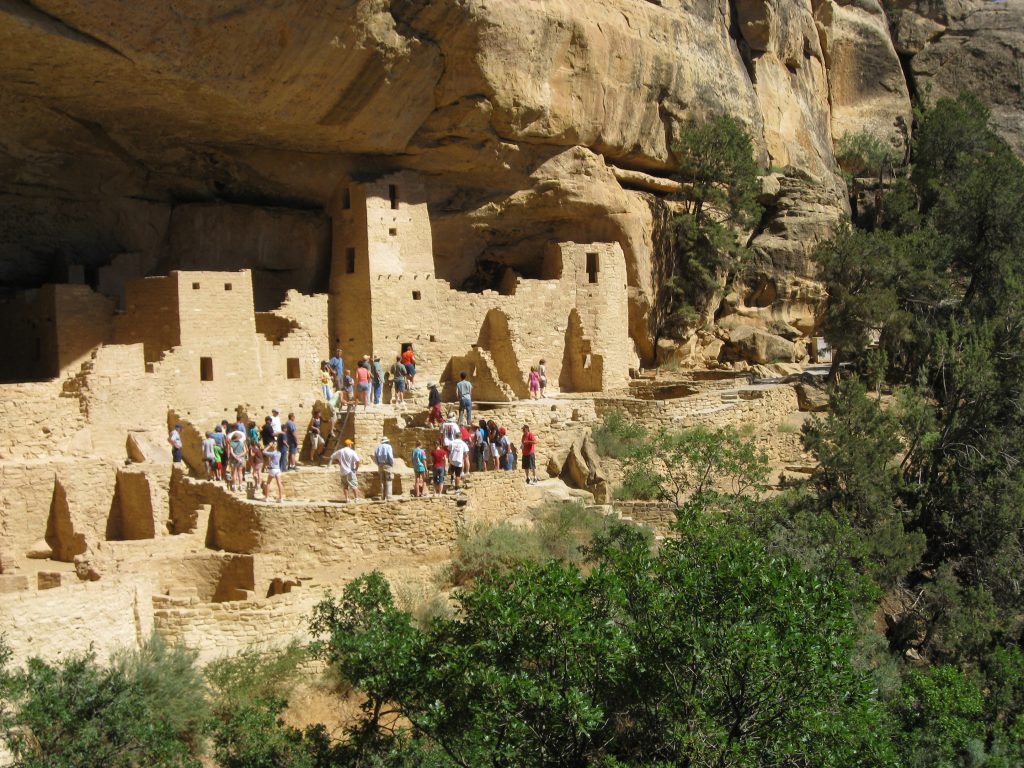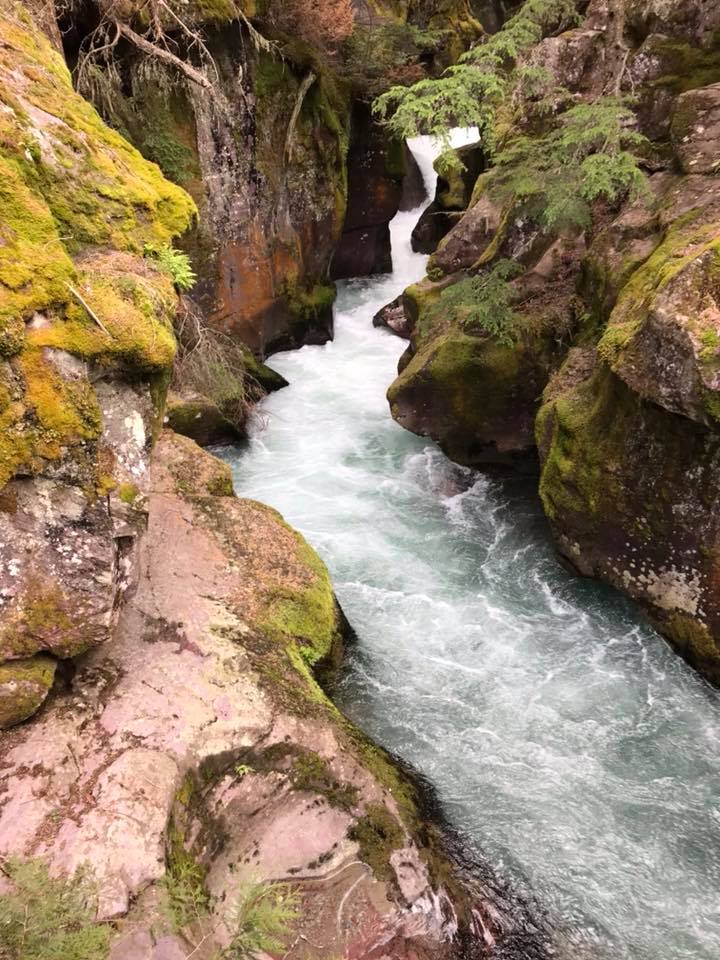National Parks- State Parks
Visiting the National Parks and state parks are more than just a field trip. We can learn about important historical events, cultures, famous Americans, natural wonders and geography. Our parks have a long history of being established on one of those merits to preserve for future generations.
In 1864 Abraham Lincoln signed the Yosemite Valley Grant Act which protected parts of what is now Yosemite National Park. John Muir, known as our first naturalist, advocated preserving the entire park which became a National Park in 1890.
The very first National Park was named Yellowstone National Park after a group of surveyors and scientists told President Grant in 1872 about its beauty and splendor.
Reading about the Revolutionary War and Civil War is important to know the foundation of our country. Yet, when our children have the opportunity to walk the grounds, see the area and smell the air our forefathers did can have a far better impact that will last for years to come.
In the parks we have traveled, I have been impressed with the preservation and presentation of our history. Museums, artifacts, and photographs are there for us to learn, enjoy and remembers. Visit the National Park service anytime online to see the landmarks preserved for you to visit and their significance in our American history.
How our National Parks are run is ever changing. Years of preservation can lead to the need for the restoration of land and buildings that are now falling to ruin. Not only can we learn about history, science, and service from the parks we visit, but we can also learn new ways to care for the land for future generations.
Many National Parks are leasing the land back to the public to refurbish old barns and farm the land again. Cuyahoga Valley National Park in Ohio is restoring agriculture by allowing families to raise their families and food in what was once a farming community.
This idea is catching on and has caught the eye of other parks across the nation. Piscataway National Park in Maryland is developing the land with permaculture in mind.
Farming and food for these National Parks have become an idea for the future. Creating new ideas to keep our national treasures alive for generations.
As you begin visiting and looking at our park system in new ways, perhaps your children will be the ones to devise innovative ideas to protect the beauty and keep it alive.
Parks as a Learning Destination
Taking a walk around a park can provide a wonderful experiential opportunity for the whole family. Parks can provide more than swing sets, picnic tables, and a swimming spot. Many parks are historical locations, geological phenomena or industrial landmarks. We have found some hidden gems right in our own neighborhood when we took the time to look.
Field Expedition Parks is about branching out beyond your backyard. We will begin with creating a master parks sheet and a master calendar of seasonal events in those places. Then we will create field expeditions based on history, science, nature study, and service.
Benefits of Outdoor Spaces
-
Walking in outdoor spaces improve distance vision and reduces the chances of becoming nearsighted. Looking up into trees, then looking down range helps strengthen your eyes. Nature truly can build your body in many ways.
-
Being at your local park can reduce stress for everyone. If school lessons have caused tension or mom has had a stressful morning, going for a walk in a park can calm stress levels and bring a sense of peace.
-
Exploring the outdoors has shown in studies to reduce symptoms of ADHD and other disorders. This has been proven in my personal experience as well as documented studies.
-
Nature just makes you feel good.
Make it Fun
-
Plan an age-appropriate length of time for your park outing. Short walks can benefit everyone. Everyone can feel great from a few short walks, it helps them to look forward to the next time. If walks are too long and children get tired and hungry, they will be less excited about going again.
-
Prepare for early morning adventures or late day explorations tend to be better. More wildlife and general activity happen during those times. A fresh start to the day or a great ending.
-
Bring a friend for you or your children. Meet up with a friend to make a park visit more enjoyable.
-
Take a picnic or snack to enjoy under a tree.
-
Start a nature club or regular meet-up at local parks.
Bring Basic Items
-
Where you go depends on what you bring. However, a good short list would be water, snacks, sunscreen and bug spray. I keep a small box in the car with those items so they are always ready to go.
-
If children will be exploring out of your sight, a whistle is a good idea. Make whistle necklaces or lanyards from cording to keep them readily available.
-
Create a Naturalist Kit to take with you on your trips.
-
Document your outings in a family journal or park passport.
-
Learn about basic first aid before heading out on long hikes. Be prepared.
List Places to Go
Use the spreadsheets in the resources section to organize a master list of all the parks and natural areas where you live. Use one for local parks, one for day trips and one for museums and nature centers.
-
Locate the websites for your city, county and state parks and recreation departments.
-
A phone call may be required to get all the information you need. This is a great task for an older child to get phone conversations experience.
-
Ask if there is a quick reference or printable guide to all events in the parks for each area you call. Many parks have the same event on the same weekend each year.
-
Fill in the spreadsheets with all the parks, reserves, trails, etc. locally and within a day’s trip.
-
Don’t forget to add waterways and beaches to your parks list.
Choose your outings according to your age group. Build on easier experiences to look forward to more adventurous ones.
Families are discovering that having fun in the outdoors can be as close as a local park. Nature is all around us. It can be rural, suburban or even in the city. There are many different ways to connect with nature and we will touch on many of them in this unit.
Making repeat trips to the same parks can create familiar spaces for your children. Nature is always changing and visiting a park frequently can teach your children about the changes. Over time your family can branch out with more adventures to different locations.
Facilities: Note if they have bathrooms, running water, covered pavilion, staff on site, and paved paths. Anything that you consider necessary at this season. If you have little ones or a baby, a bathroom may be important. If you need to push a stroller you want to know if the paths are hard packed dirt or loose sand.
Amenities: This is where you fill in what you will find at the location. Playground, swimming, fishing, access to water for watercraft, biking trails, classes, ranger activities, and camping.
A playground may be necessary to satisfy multiple ages on your adventure until they become comfortable off the beaten path. Older children walk the trail and tots play in the open space.
Resources: Many places are created around an existing element. It may be a natural spring or formation, a historical building, artifact or site, or an industrial landmark.
Events: This is everything that may happen at any of these locations throughout the year. A pioneer day, civil war re-enactment, music festival, art display, vintage car show or holiday event.
These are examples of what is of interest to my family this season.
-
Our local city park does a fantastic hometown 4th of July event. We have twenty places we could go, but that park is our favorite.
-
One of the state parks does a nighttime firefly stroll ONE NIGHT a year.
-
That same park is host to manatees for three months out of the year.
-
There is a fantastic summer outdoor play in a town two hours from here one weekend each year.
You will be using these spreadsheets as a reference for the year. Use the information to add events to your calendar.
Involve the kids. What amenities would they enjoy? Remember to separate local from a day trip. For our family, if we are gone four hours, that is a day trip. I know we will not get anything else done once we return.
A local trip is someplace you can visit for a morning outing or head to for an afternoon break.
Museums: There is a sheet specifically for museums. Art, county, historical, science, botanical and any other museums available to you.
-
Museums offer great history lessons for your region or state.
-
They often offer magnificent nature walks and gardens.
-
Some have artifacts from the natural world you might not see or are extinct.
-
Many have docents who may be natives with lots of personal stories.
-
Museums offer traveling exhibits you might want to see.
-
Museums are the perfect spot to get out in your community on a hot or rainy day.



